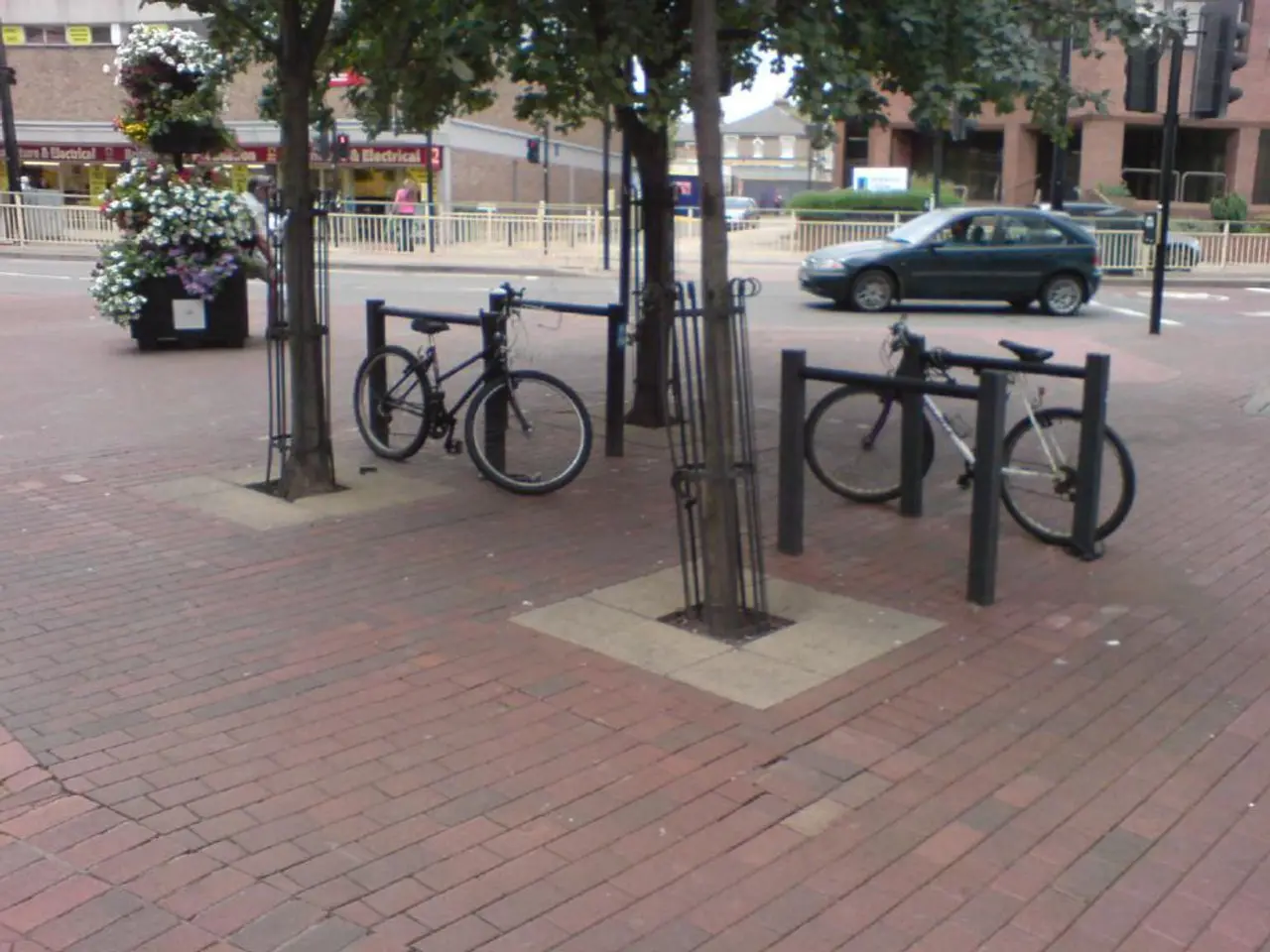Impact of Legalizing Cocaine on Climate Change
The Amazon rainforest, a vital carbon sink and biodiversity hotspot, is under threat from multiple fronts. The criminal infrastructure for the trafficking of cocaine is becoming increasingly sophisticated, bolstering routes to extract illegal timber, minerals, and other natural resources.
This intricate web of illegal activities is taking a heavy toll on the Indigenous communities living within the rainforest. Up to 90% of the Yanomami and Munduruku population in Brazil suffer from mercury poisoning due to illegal mining. The prolific use of mercury to mine for gold has been warned to pose a growing danger to the world's largest rainforest.
The international drug control system, designed to combat drug trafficking, has inadvertently contributed to this environmental devastation. By hounding drug farmers and traffickers into increasingly fragile landscapes, it has amplified the environmental devastation and degradation that accompanies illicit drug production.
Coca production has risen steeply in recent years, and more than half of new coca crops in Ucayali from 2003 to 2022 were grown on deforested land. Deforestation, driven primarily by cattle ranching, releases sequestered carbon into the atmosphere and slows the rainforest's uptake of atmospheric carbon dioxide, accelerating climate change.
Colombia and Bolivia have pressured the World Health Organization to review the evidence underpinning the global coca ban. Communities most impacted by decades of drug war must play a central role in creating a future that promotes and protects Indigenous rights, practices, agroecology, and land justice.
The setting of the U.N. Climate Change Conference, COP30, in Belém, Brazil, presents an opportunity for the unification of the drug liberalization and climate movements. The war on drugs, especially in Acre, is seen as a policy that only increases violence rates and does not effectively control the supply of raw material for producing cocaine.
The constant jettisoning of toxic chemicals from thousands of clandestine cocaine labs across the Amazon has created mini ecological disaster zones. As many as 15 Indigenous leaders have been murdered near Peruvian airstrips over the past five years. There are at least 76 illegal airstrips throughout the Peruvian Amazon, and ten of these are located on forest concessions that were designated to protect the forest or for sustainable use.
The Open Society Foundations have called out the impact of drug prohibition on the environment. However, the search results do not contain information about the name of the organization led by Rebeca Lerer that advocates for drug policy reform and environmentally sustainable measures integrated into government policy.
Cocaine trafficking could account for up to 30% of deforestation across Honduras, Guatemala, and Nicaragua. The use of mercury in illegal gold mining has disastrous impacts on Indigenous territories in Brazil, with up to 3,000 airstrips existing in the Brazilian Amazon, a third of which are located in protected or Indigenous lands.
The Amazon contains an estimated 123 billion tons of carbon, making its protection crucial in the global fight against climate change. It is evident that a comprehensive approach is needed to address the interconnected issues of drug trafficking, deforestation, and Indigenous rights in the Amazon.
Read also:
- Peptide YY (PYY): Exploring its Role in Appetite Suppression, Intestinal Health, and Cognitive Links
- Toddler Health: Rotavirus Signs, Origins, and Potential Complications
- Digestive issues and heart discomfort: Root causes and associated health conditions
- House Infernos: Deadly Hazards Surpassing the Flames








